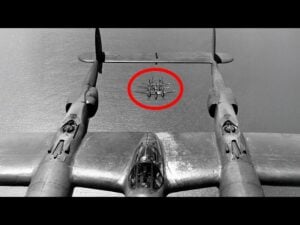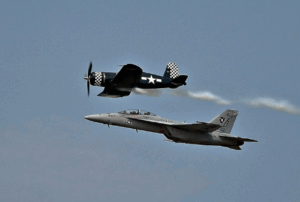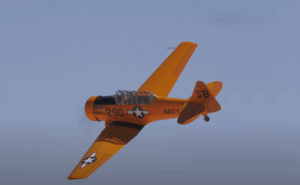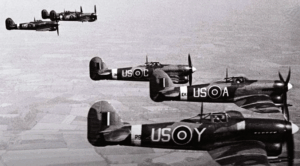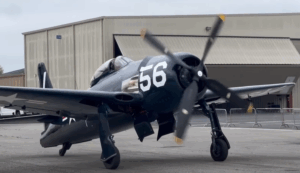The Last Flying Martin Mars Leaves Sproat Lake One Last Time

Tobyn Burton Aviation Videos / YouTube
On February 9, 2025, a significant event took place in British Columbia when the Philippine Mars, the last flying Martin Mars waterbomber, departed from Sproat Lake. This aircraft has served as a workhorse for many years and represents a long legacy in aviation history. Originally built during World War II, the Martin Mars served various roles, including transport missions for the U.S. Navy during the 1940s and 1950s. Over its 80-year flying career, the plane became a symbol of endurance and innovation in the field of aerial firefighting and military transport. Today, it is set to be preserved for future generations at the Pima Air and Space Museum in Arizona.
The Final Flight
The final flight of the Philippine Mars was carefully planned and executed with great precision. On that February morning, the aircraft took off at 11:03 AM PST from Sproat Lake, carrying with it decades of history. The flight path was well-charted as the plane passed by several notable landmarks. It flew over a bomber base and passed near Harbour Quay, a reminder of the region’s rich aviation heritage. The plane continued on its course, flying past the Port Alberni paper mill, which has been a longstanding feature of the local landscape. As it left the area, the aircraft followed the path provided by the Alberni Inlet, a narrow waterway that guides many seaplanes on their final leg of flight.
After departing the inlet, the Philippine Mars made its way to San Francisco. Upon arrival, it touched down at the Alameda Seaplane Base. This landing was an important stop in the aircraft’s final voyage, allowing for necessary preparations before continuing to its permanent destination. From San Francisco, the plane then flew to Lake Pleasant in Arizona. Once there, it was de-watered, carefully dismantled, and then towed to the museum. This series of moves marked the end of its active flying career and the beginning of its new role as a preserved piece of aviation history.

Significance of the Flight
This final flight is important not only because it marks the retirement of an 80-year-old aircraft but also because it highlights the resilience and versatility of the Martin Mars design. In its early years, the Martin Mars served the U.S. Navy as a reliable transport and later played a crucial role as a waterbomber. The aircraft’s ability to perform under challenging conditions made it a valuable asset during wartime and peacetime operations alike. Its retirement flight is a moment for historians and aviation enthusiasts to reflect on a period when aircraft were built with a spirit of innovation and practical design, using available materials to meet the demands of the time.
The preservation of the Philippine Mars ensures that future generations can learn about the history of military and civil aviation. The aircraft’s service record, from transporting troops and supplies to fighting forest fires, is a reminder of the many roles that airplanes have played in supporting national efforts. By being displayed at the Pima Air and Space Museum, the Martin Mars will continue to educate people about its long career and the challenges it helped overcome. This final flight from Sproat Lake stands as a notable chapter in the history of an aircraft that once dominated the skies over its many decades of service.
Watch the video below:















